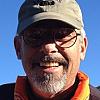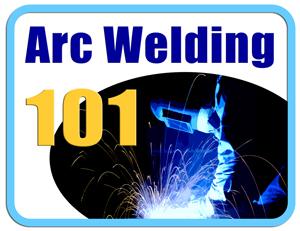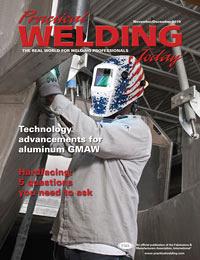- FMA
- The Fabricator
- FABTECH
- Canadian Metalworking
Categories
- Additive Manufacturing
- Aluminum Welding
- Arc Welding
- Assembly and Joining
- Automation and Robotics
- Bending and Forming
- Consumables
- Cutting and Weld Prep
- Electric Vehicles
- En Español
- Finishing
- Hydroforming
- Laser Cutting
- Laser Welding
- Machining
- Manufacturing Software
- Materials Handling
- Metals/Materials
- Oxyfuel Cutting
- Plasma Cutting
- Power Tools
- Punching and Other Holemaking
- Roll Forming
- Safety
- Sawing
- Shearing
- Shop Management
- Testing and Measuring
- Tube and Pipe Fabrication
- Tube and Pipe Production
- Waterjet Cutting
Industry Directory
Webcasts
Podcasts
FAB 40
Advertise
Subscribe
Account Login
Search
The why behind welding oscillation
- By Paul Cameron
- Updated February 8, 2024
- May 30, 2014
- Article
- Arc Welding
Q: What are the reasons to oscillate a weld process?
A: Oscillation helps a steelworker using electroslag to fabricate components for San Francisco’s Bank of America building; it helped to minimize the arm fatigue of a pipefitter as he built Louisiana’s River Bend nuclear power plant; and it will assist the ironworker building the One World Trade Center to achieve better weld toe fusion, allowing his welds to transfer stress smoothly between support beams.
What Is Oscillation?
Oscillation is the side-to-side manipulation of a weld in progress. It is measured in amplitude (how far), frequency (how often), and dwell time (for how long). There are a number of ways and reasons a weld process would be oscillated.
Types of Oscillation
If you spend any time around robotic gas metal arc welding (GMAW), you'll notice that the welding torch performs a constant side-to-side motion. Typically referred to as a weave, this form of oscillation helps the robot find its way along the joint by monitoring changes in the arc.
Another good example of oscillation is the “walking the cup” technique during gas tungsten arc welding (GTAW). A welder, typically a pipefitter, will do this to minimize body fatigue, increase bead width, and improve tie-in at the weld’s toe. A real craftsman will rock that GTAW cup along the joint and make a beautiful finish weld with a consistent fact completely around the pipe joint. The end result can be a real work of art (or a real cobbled mess, for that matter).
Another type of oscillation is manipulating the molten weld pool with a magnetic force. Common with (but not limited to) mechanized GMAW and GTAW processes, this magnetic force moves the molten puddle, not the torch, from side to side. I’ve used this technique to increase bead width for cosmetic appeal, but it also can be used to improve sidewall fusion or tie-in at the weld toe. Some wire-fed processes, such as submerged arc welding (SAW) and electroslag welding (ESW), actually twist the electrode as it is fed as a form of oscillation
About the Author

Paul Cameron
Braun Intertec
4210 Highway 14 East
Rochester, MN 55904
About the Publication
subscribe now

The Welder, formerly known as Practical Welding Today, is a showcase of the real people who make the products we use and work with every day. This magazine has served the welding community in North America well for more than 20 years.
start your free subscription- Stay connected from anywhere

Easily access valuable industry resources now with full access to the digital edition of The Fabricator.

Easily access valuable industry resources now with full access to the digital edition of The Welder.

Easily access valuable industry resources now with full access to the digital edition of The Tube and Pipe Journal.
- Podcasting
- Podcast:
- The Fabricator Podcast
- Published:
- 04/16/2024
- Running Time:
- 63:29
In this episode of The Fabricator Podcast, Caleb Chamberlain, co-founder and CEO of OSH Cut, discusses his company’s...
- Industry Events
16th Annual Safety Conference
- April 30 - May 1, 2024
- Elgin,
Pipe and Tube Conference
- May 21 - 22, 2024
- Omaha, NE
World-Class Roll Forming Workshop
- June 5 - 6, 2024
- Louisville, KY
Advanced Laser Application Workshop
- June 25 - 27, 2024
- Novi, MI
































